MotoGP: Five engines already in 2013, Shuhei Nakamoto confirmed it
Initially the rule was supposed to come into force from 2014
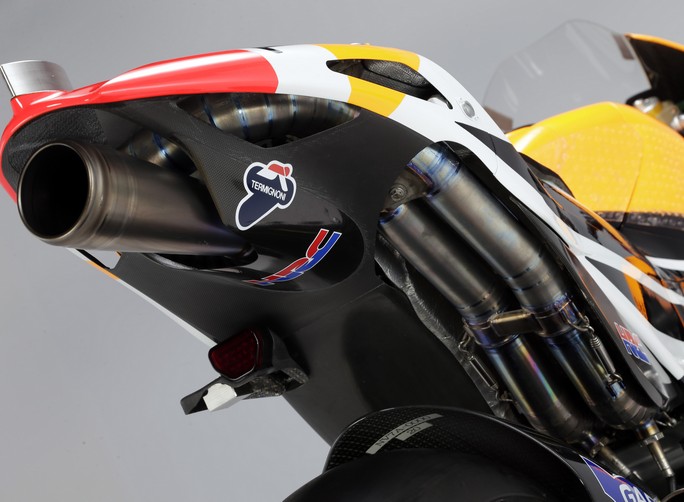

The new engine limit (five units for the whole season) which was to come into effect starting from 2014, will be effective already this year. Just yesterday on the official Dorna website this change was reported, even if the FIM has not yet corrected its press release relating to the regulation (which you can read here). Dani Pedrosa's statements during the Sepang tests also tipped the balance in favor of five engines per season. The Spaniard had in fact spoken about the braking problems of his Honda (due to the increased weight), but also about the durability of the engine.
For further confirmation we heard from HRC executive vice-president Shuhei Nakamoto, who confirmed the five-engine limit starting this year. To our question "Five engines already 2013?” he gave a dry and precise answer “Of course“. Two words that leave no doubt.
Five engines shouldn't be a huge problem anyway. Last year, for example, Jorge Lorenzo broke an engine in the crash at Assen (where he was mowed down by Bautista) and Nicky Hayden's Ducati also ran the entire season with five engines in 2011, the sixth was in fact immediately lost in the first races , precisely in Portugal. The problem therefore will not be the duration of the engines itself, but a possible unexpected event, such as a fall.
if you want to always be updated on our news
Follow us here


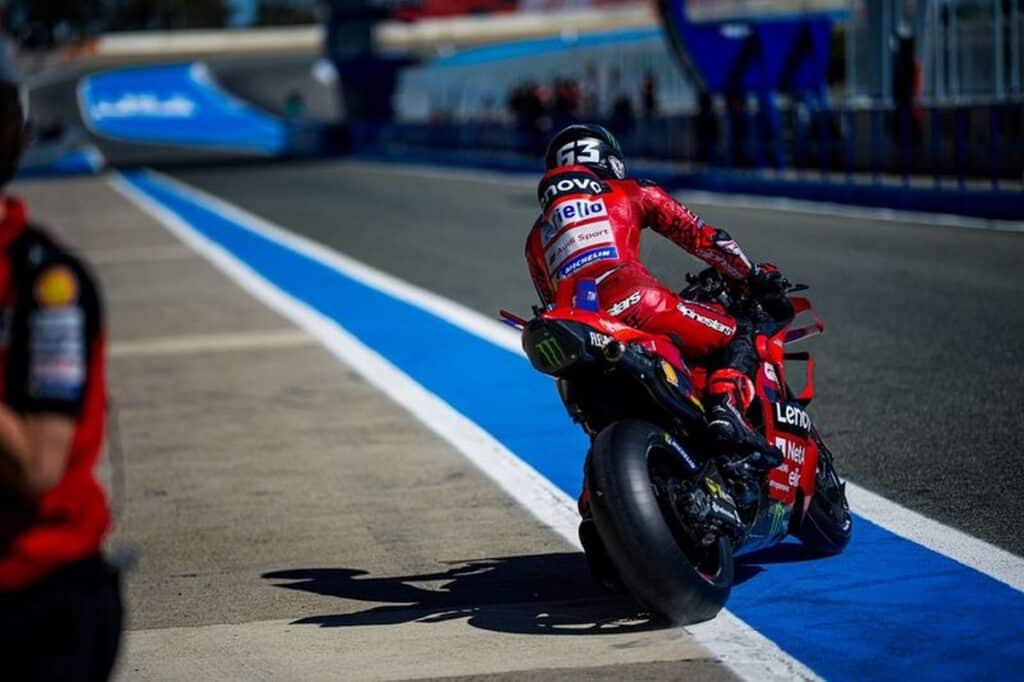
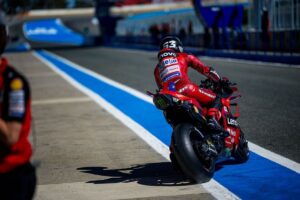
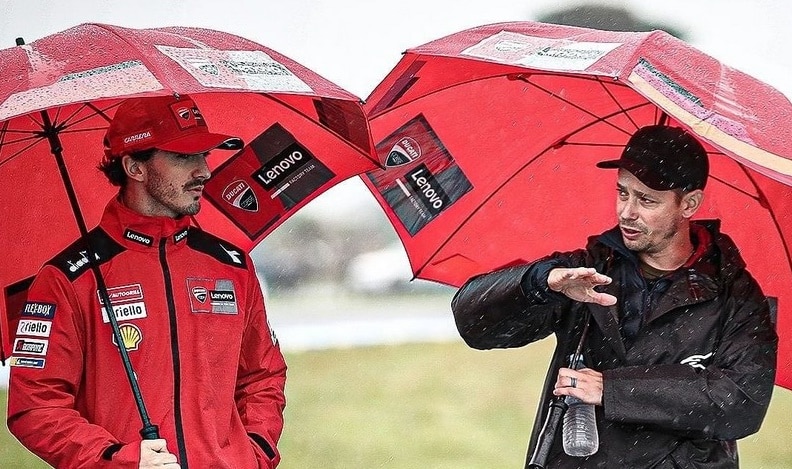

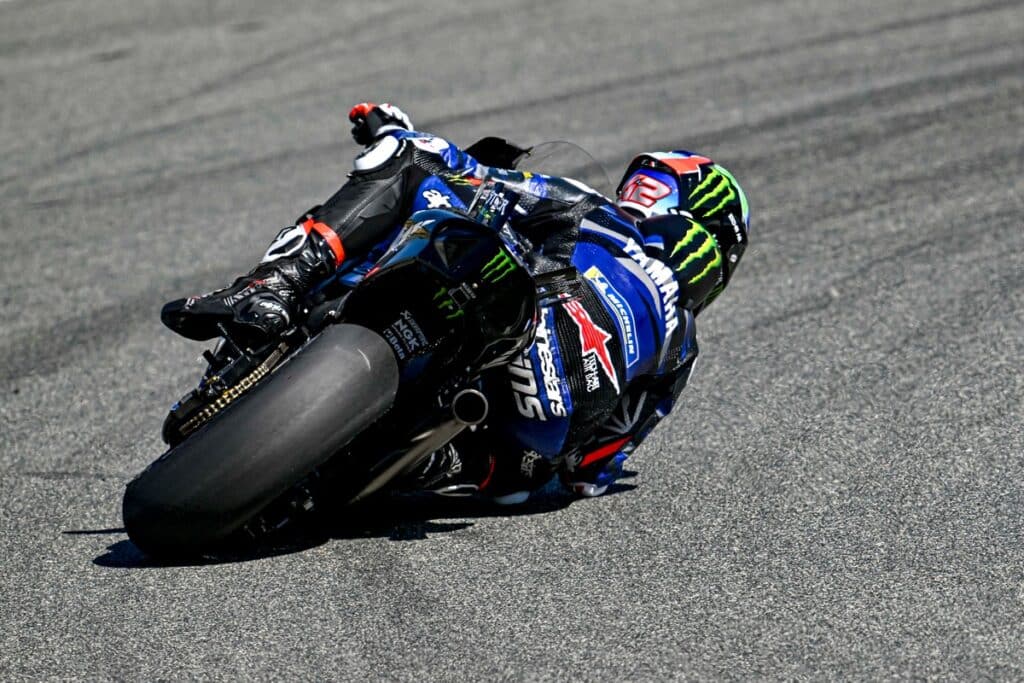

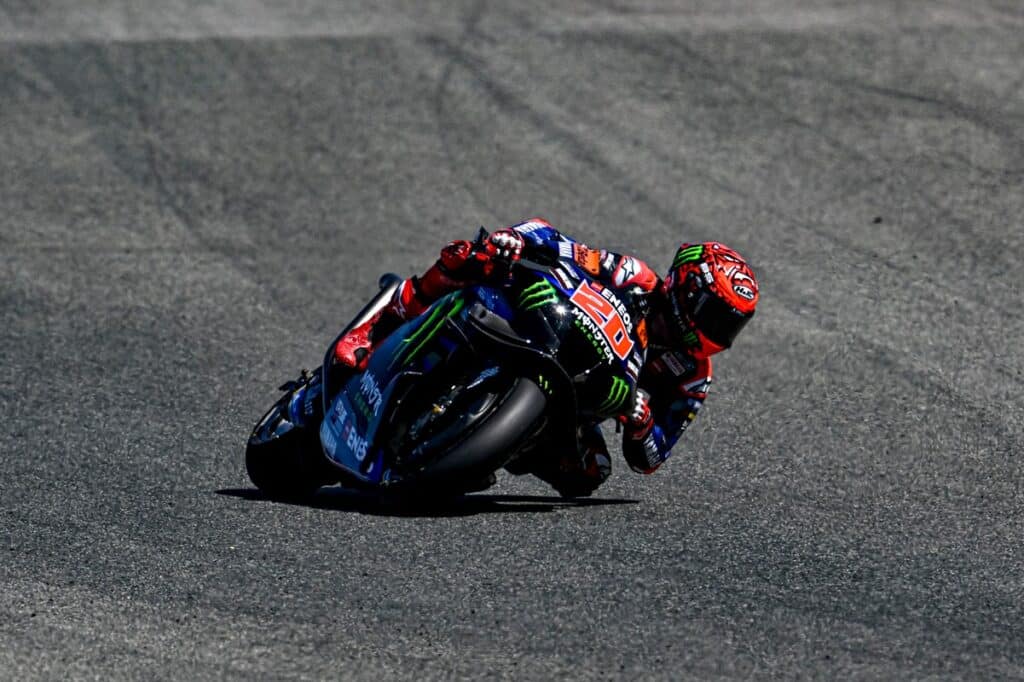

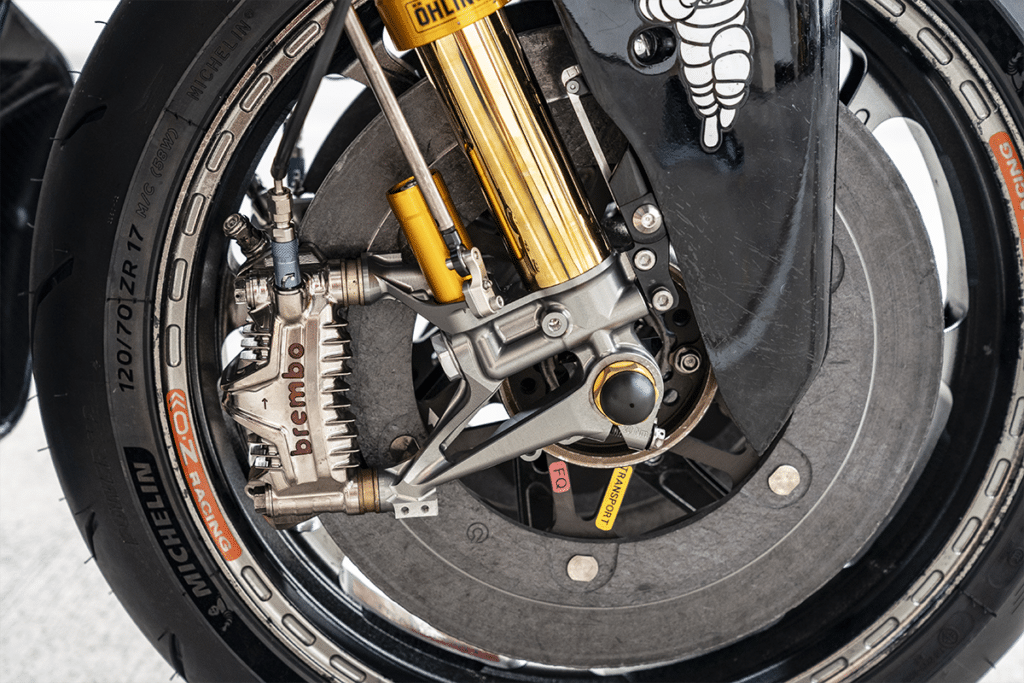
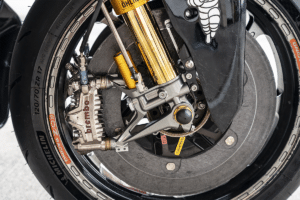
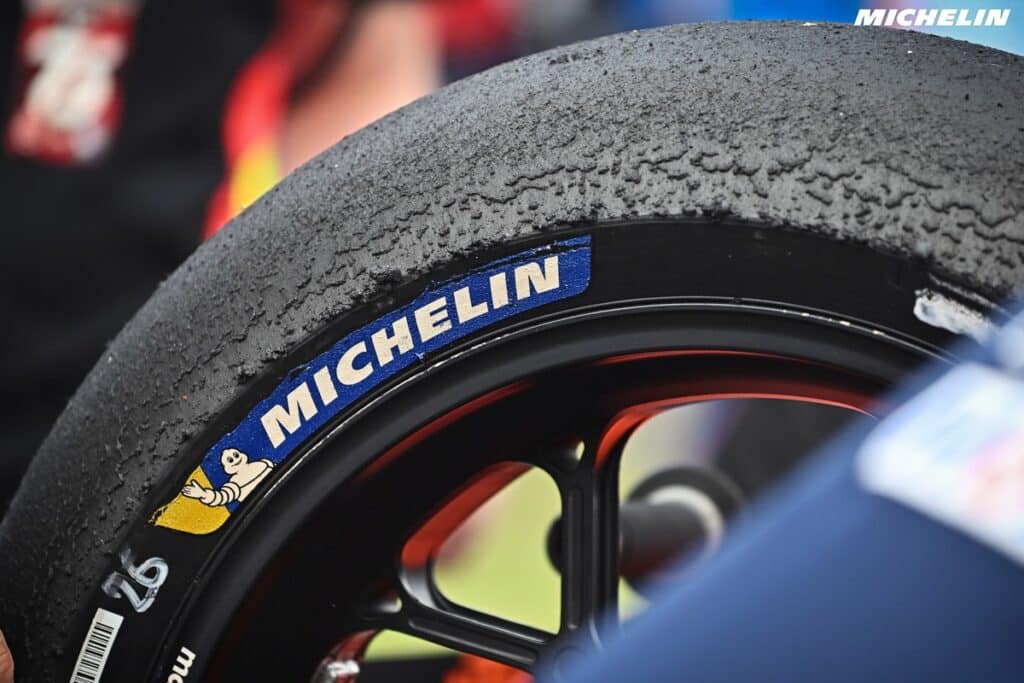
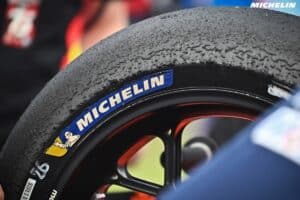
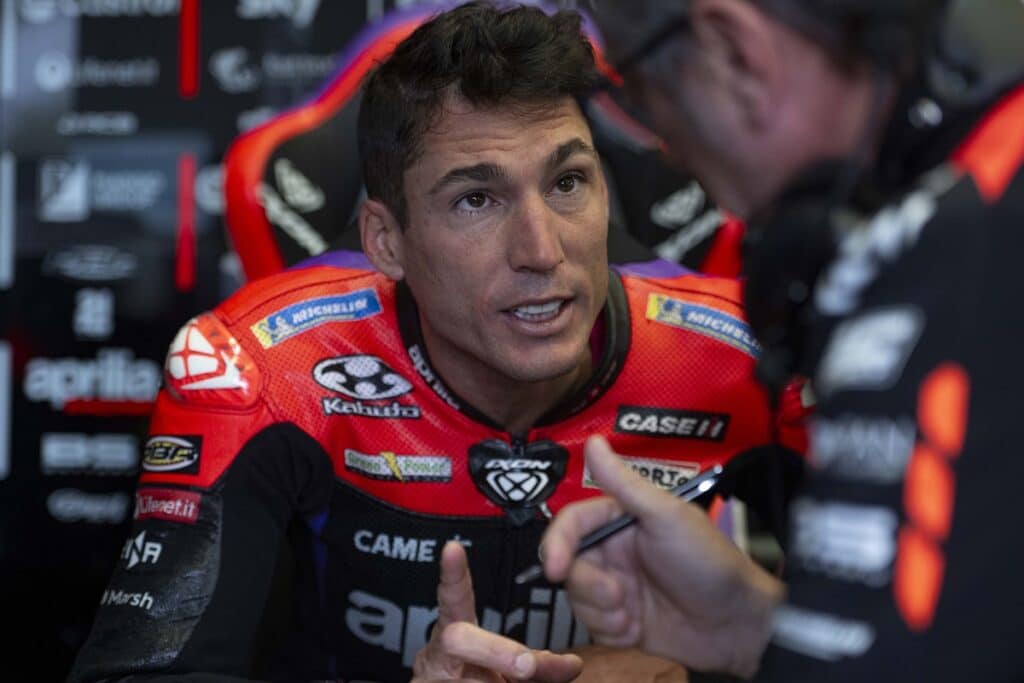














What bullshit, as if reducing an engine reduces costs, then to obtain the same performance and duration you have to spend a lot of money in research for new materials and tests and in the end the 5 engines cost more per unit, and in the end selling 6 to each driver costs the same as selling 5 which cost more.
It is known that if more units are produced or more units are serviced, the unit price goes down.
And then if a pilot suffers a Lorenzo-type crash and crashes an engine, what fault does he have?
…they left the 2-stroke and there were no problems…how nostalgic is the “scream” of the RGV500…
Yes, but environmental policies have eliminated the 2-stroke and so with the 4-stroke series motorcycles, the change has also taken place in competitions.
However, 2-strokes are more sensitive and difficult to fine-tune and manage with electronics.
Then, however, even with the 2-stroke in recent years they would be perfected with the materials and the different coatings that can be made, so it is likely that they would cost less but those who have more money change them every day.